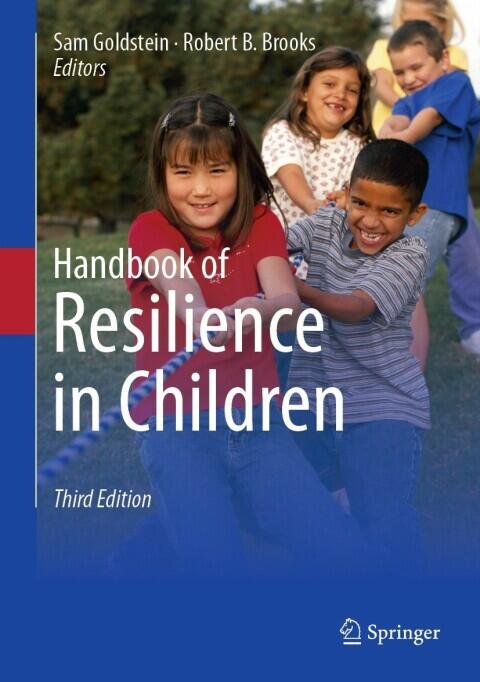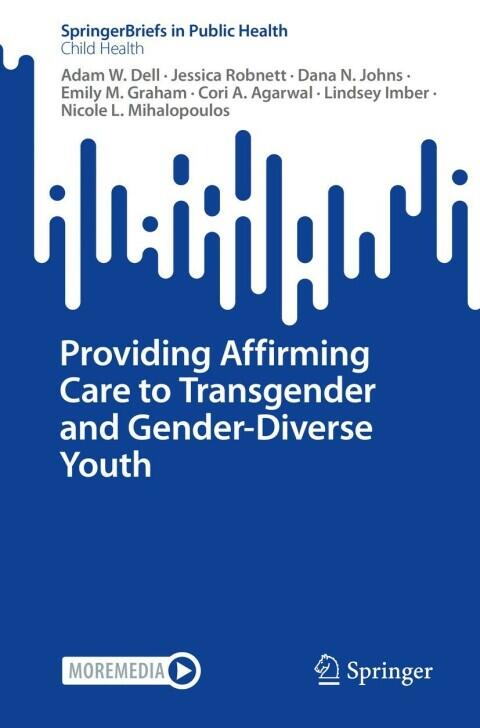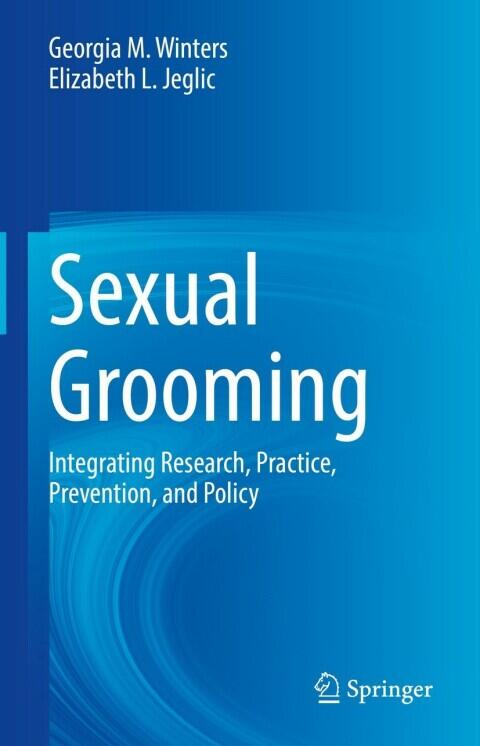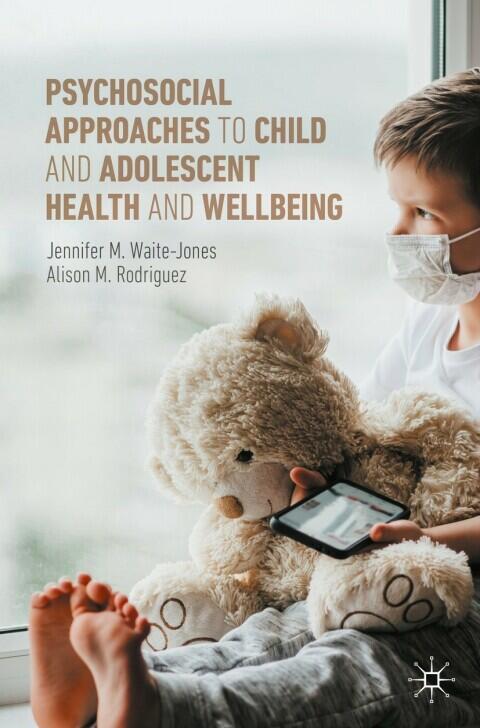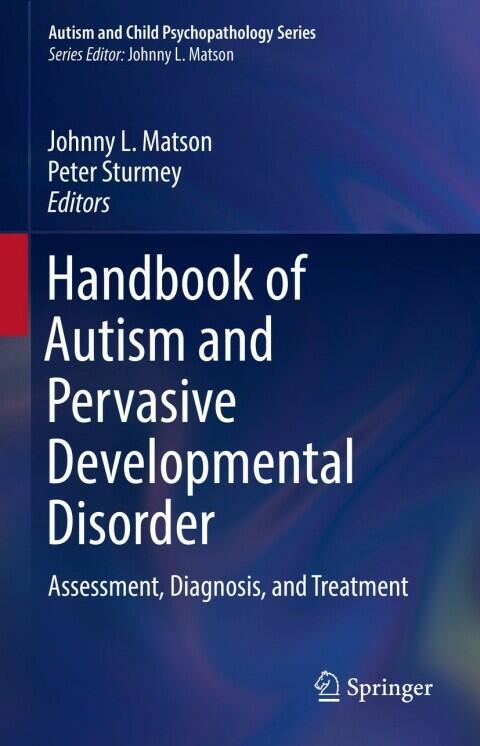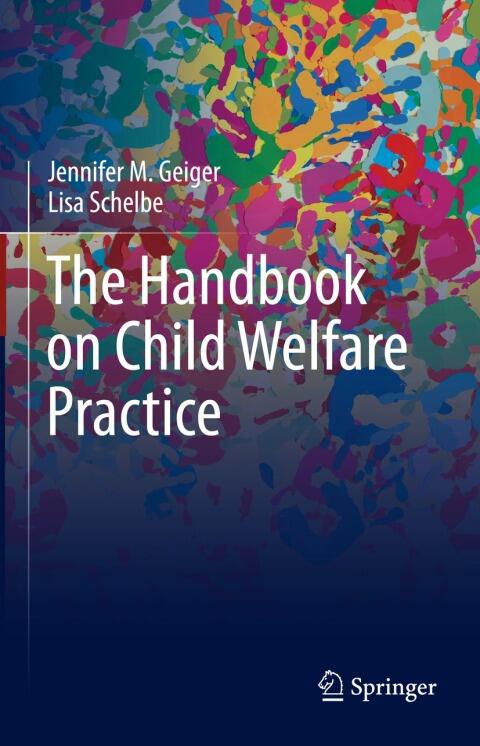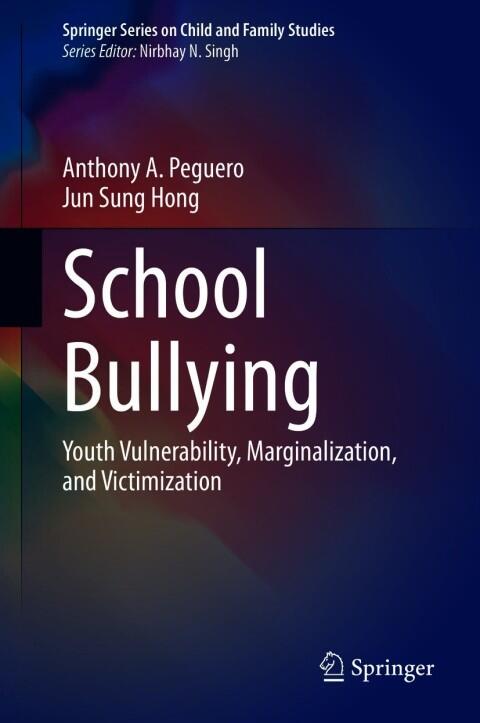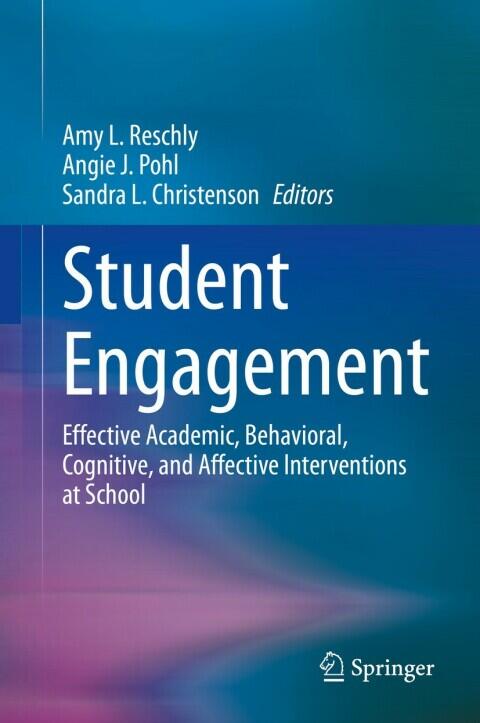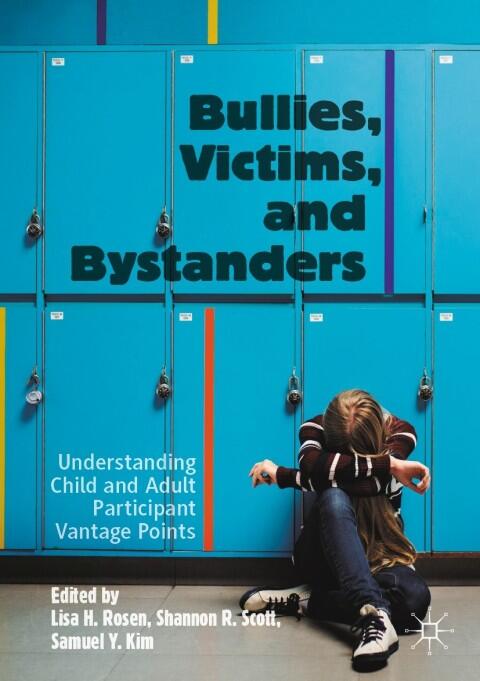
Bullies, Victims, and Bystanders: Understanding Child and Adult Participant Vantage Points
작성자
Lisa H. Rosen
,
Shannon R. Scott
,
Samuel Y. Kim
아직 평점이 없습니다
Young Adult
Children’s
Science & Technology
+1
more
형식
킨들
페이지
330
언어
영어
출판됨
Jan 1, 2020
출판사
Palgrave Macmillan
판
1st ed. 2020
ISBN-10
3030529398
ISBN-13
9783030529390
설명
In exploring the complex dynamics of bullying, this work delves deeply into the perspectives of not just the bullies and their victims, but also the often-overlooked bystanders. Written by experts in the field, it seeks to shed light on the various roles that individuals play in instances of bullying, presenting a multi-faceted view of the situation.
The authors discuss how bystanders can either perpetuate or mitigate bullying, emphasizing their significant influence on the environment surrounding both the aggressor and the victim. By expanding the conversation beyond just the act of bullying itself, this book uncovers the intricate emotional and social landscapes that contribute to these behaviors in both children and adults.
Moreover, the text is grounded in research, providing readers with a comprehensive understanding of the psychological, social, and cultural factors that inform the roles each participant assumes. The insights shared not only aim to inform policy and practice but also encourage empathy and proactive engagement in addressing bullying.
In establishing a dialogue that encompasses all perspectives involved, the work serves as an essential guide for educators, parents, and mental health professionals committed to fostering safer and more supportive environments for everyone.
The authors discuss how bystanders can either perpetuate or mitigate bullying, emphasizing their significant influence on the environment surrounding both the aggressor and the victim. By expanding the conversation beyond just the act of bullying itself, this book uncovers the intricate emotional and social landscapes that contribute to these behaviors in both children and adults.
Moreover, the text is grounded in research, providing readers with a comprehensive understanding of the psychological, social, and cultural factors that inform the roles each participant assumes. The insights shared not only aim to inform policy and practice but also encourage empathy and proactive engagement in addressing bullying.
In establishing a dialogue that encompasses all perspectives involved, the work serves as an essential guide for educators, parents, and mental health professionals committed to fostering safer and more supportive environments for everyone.
